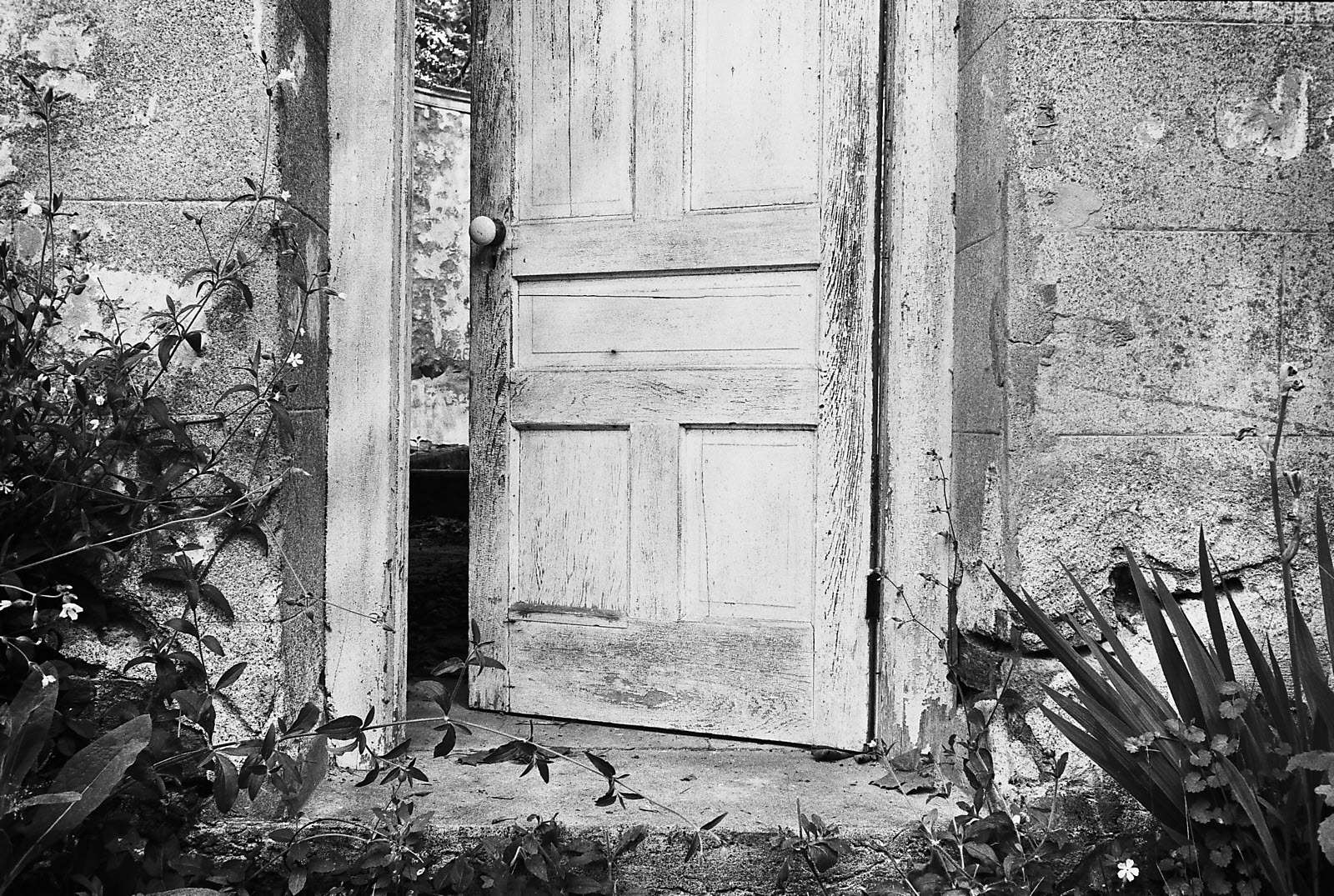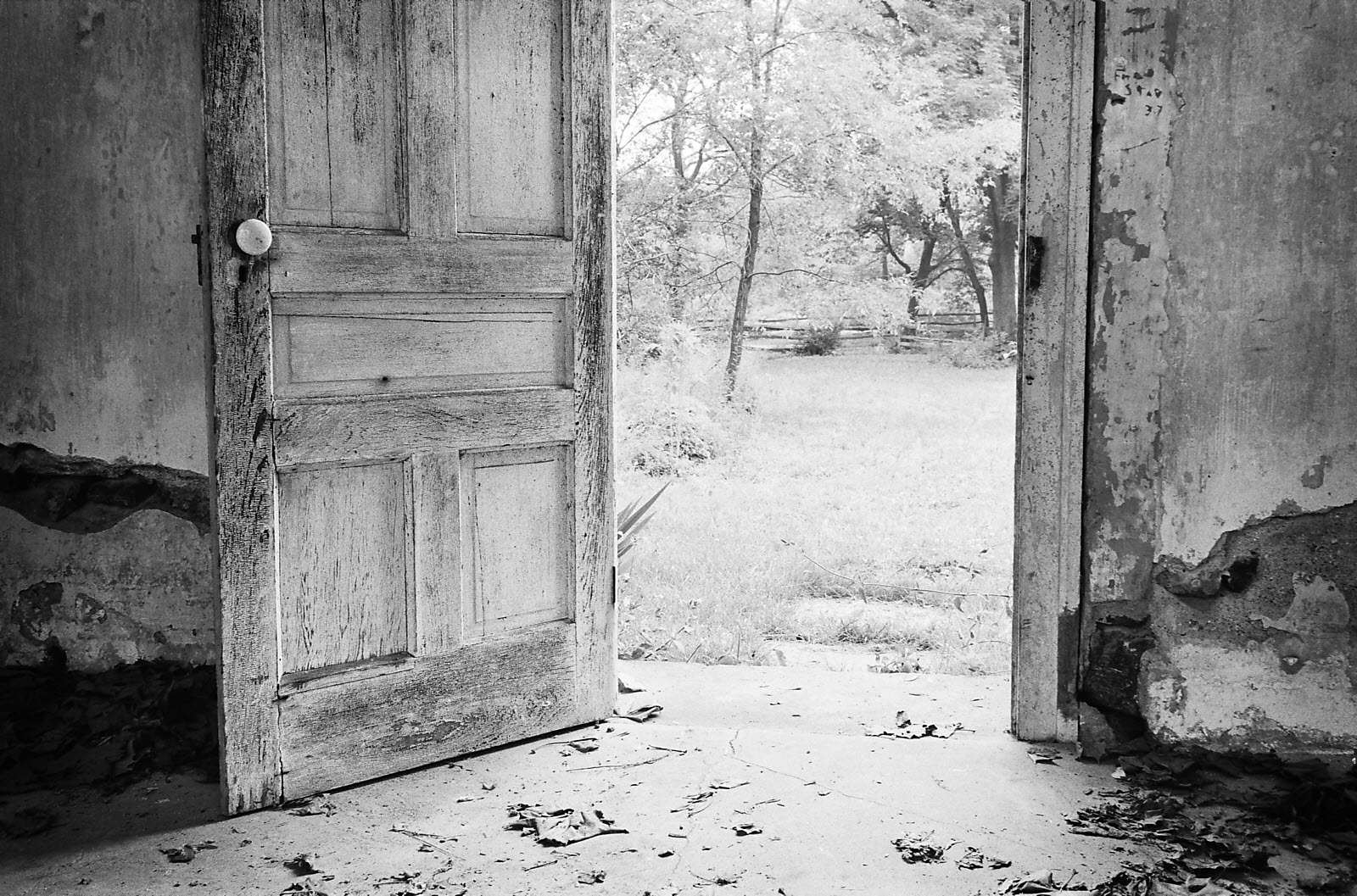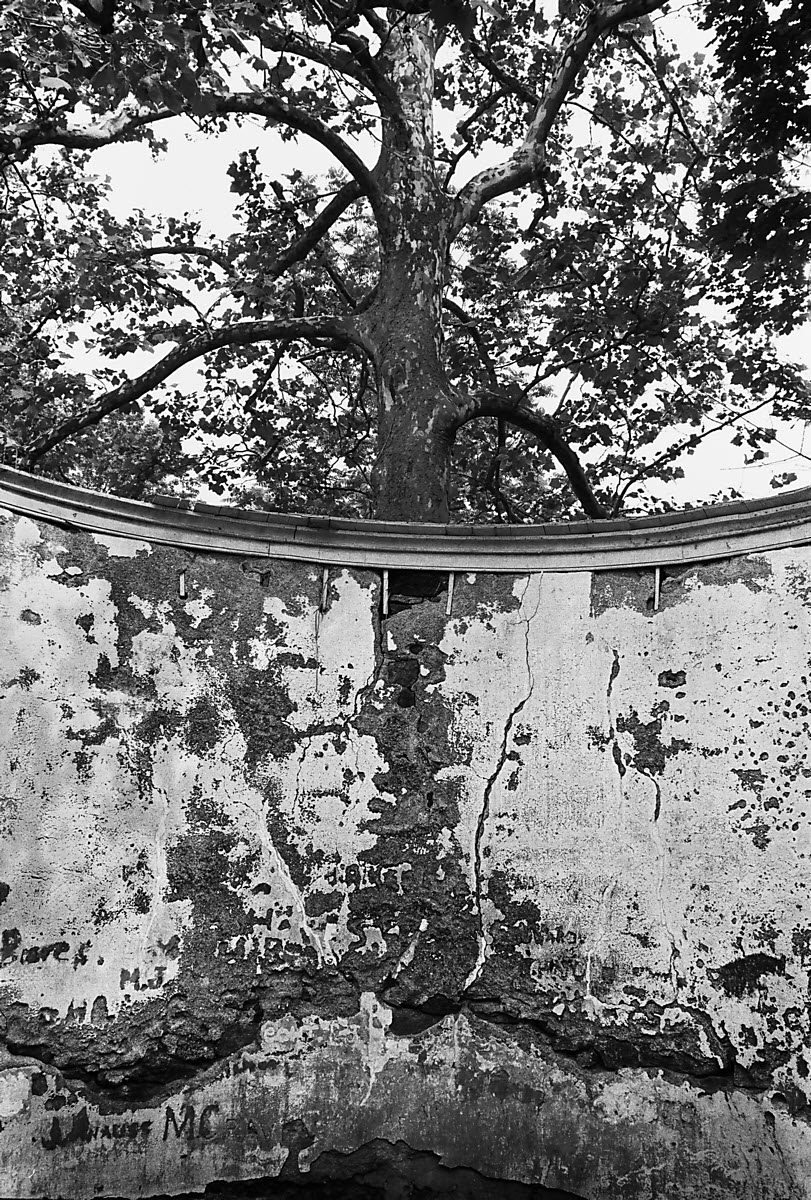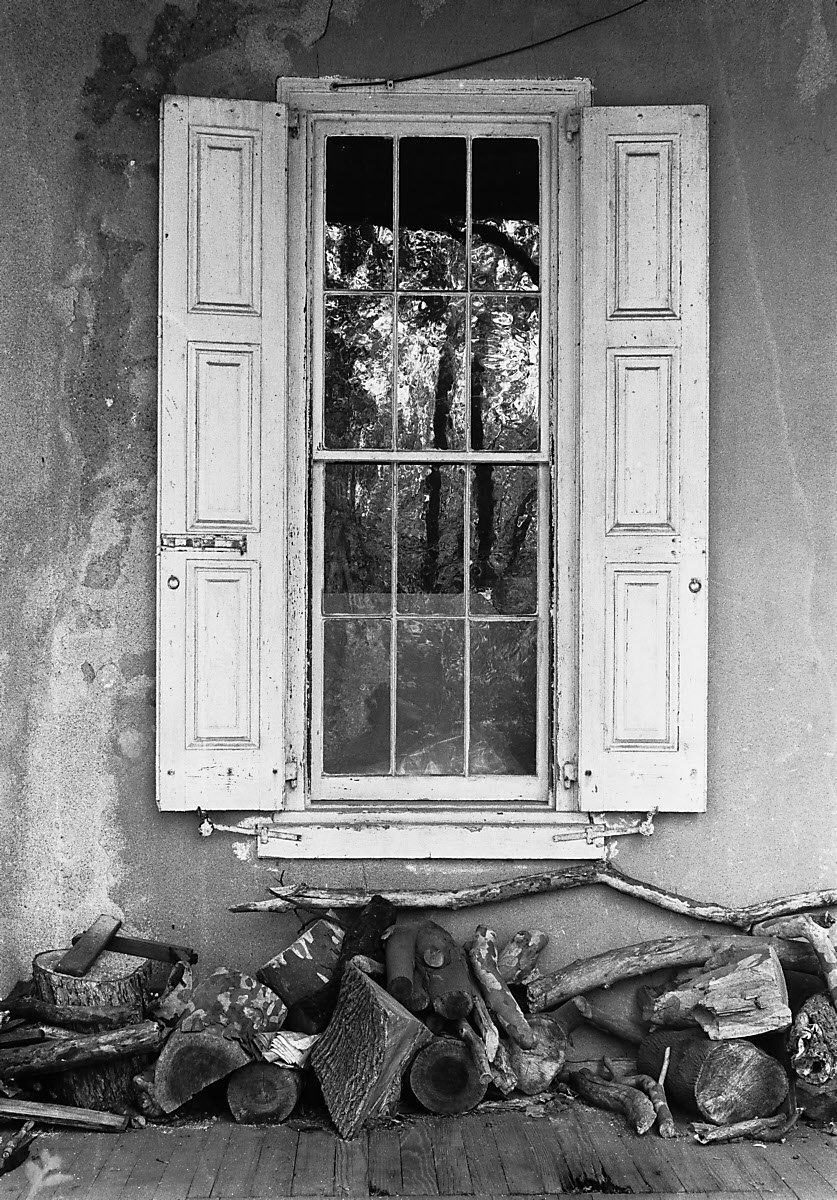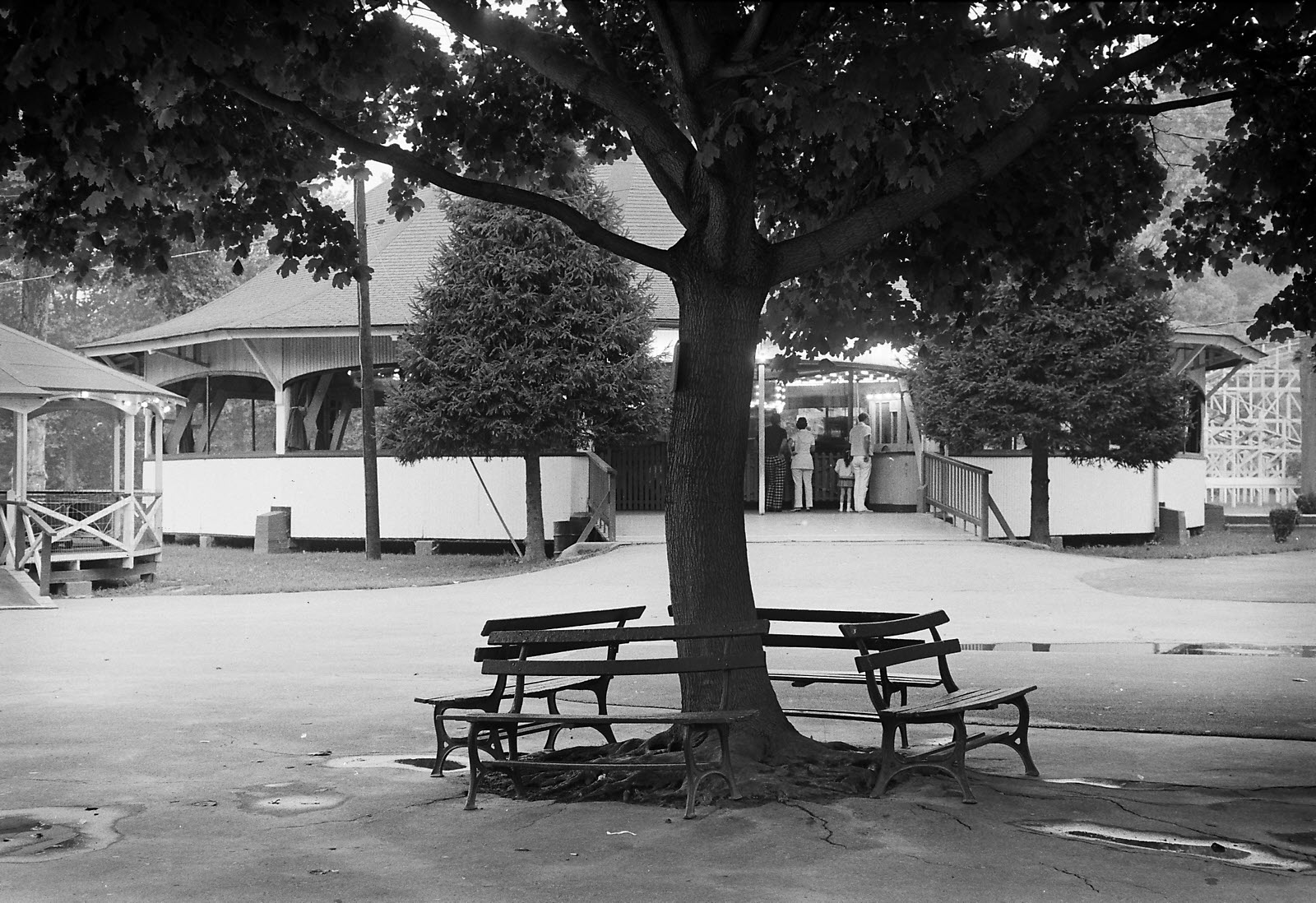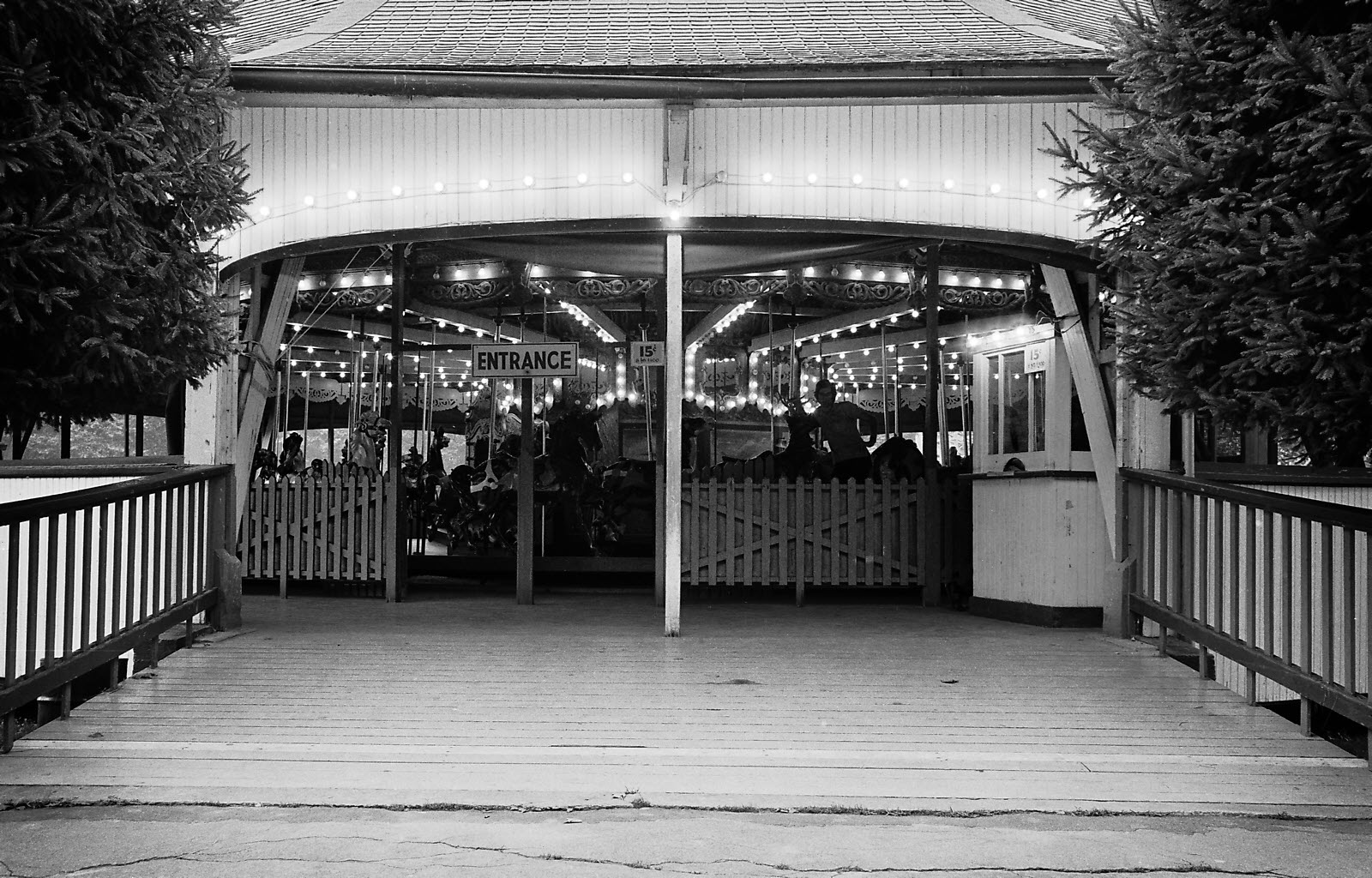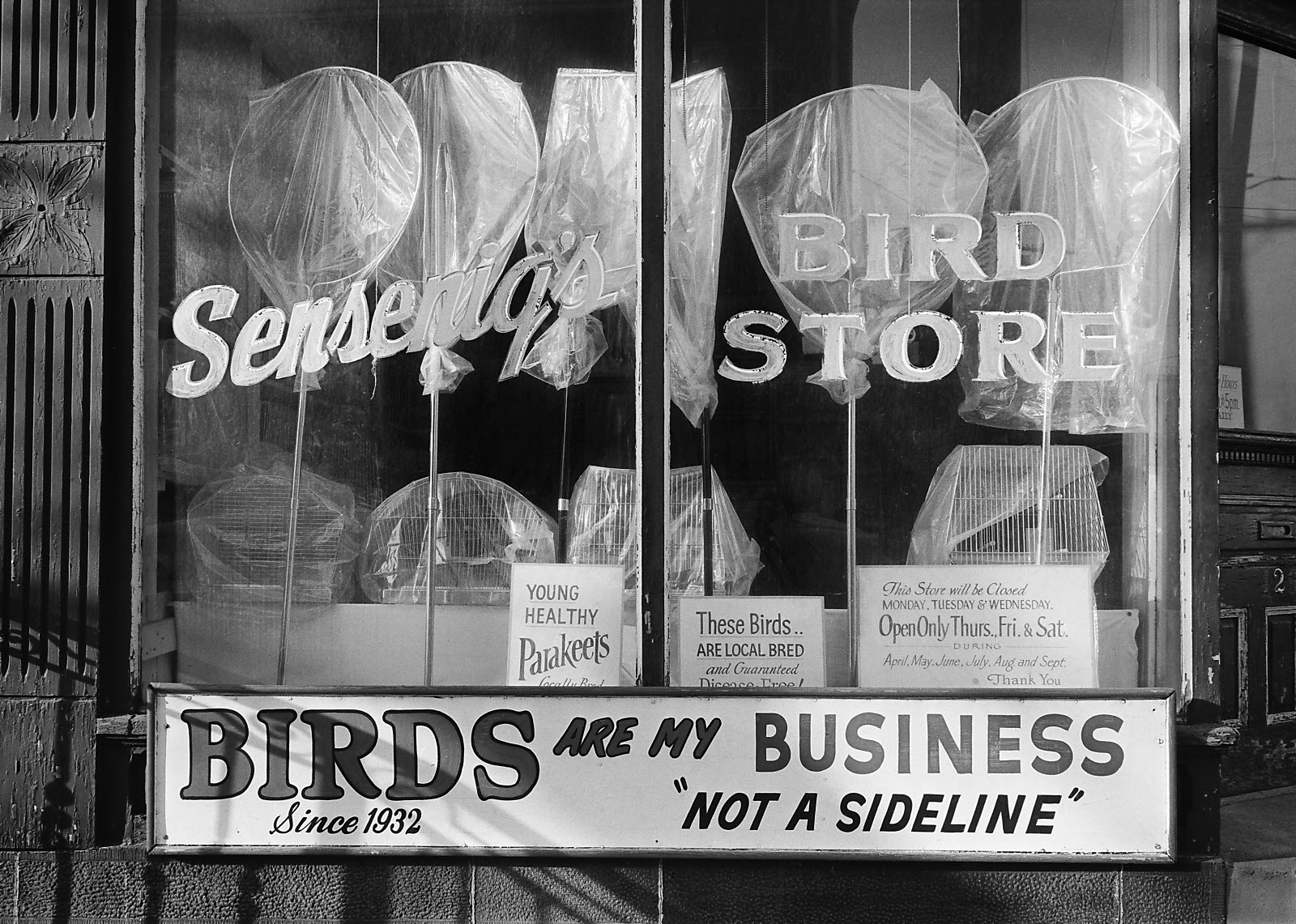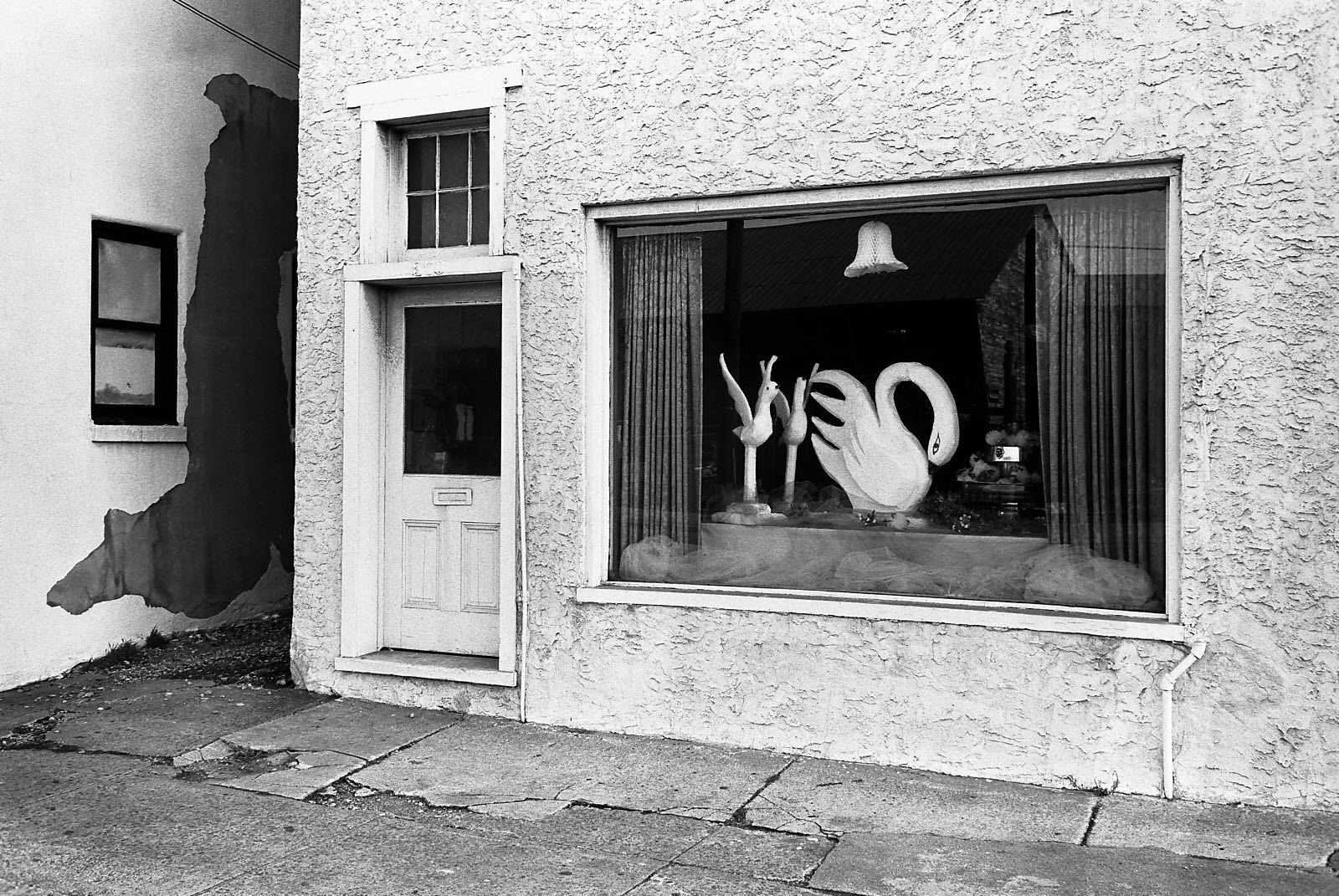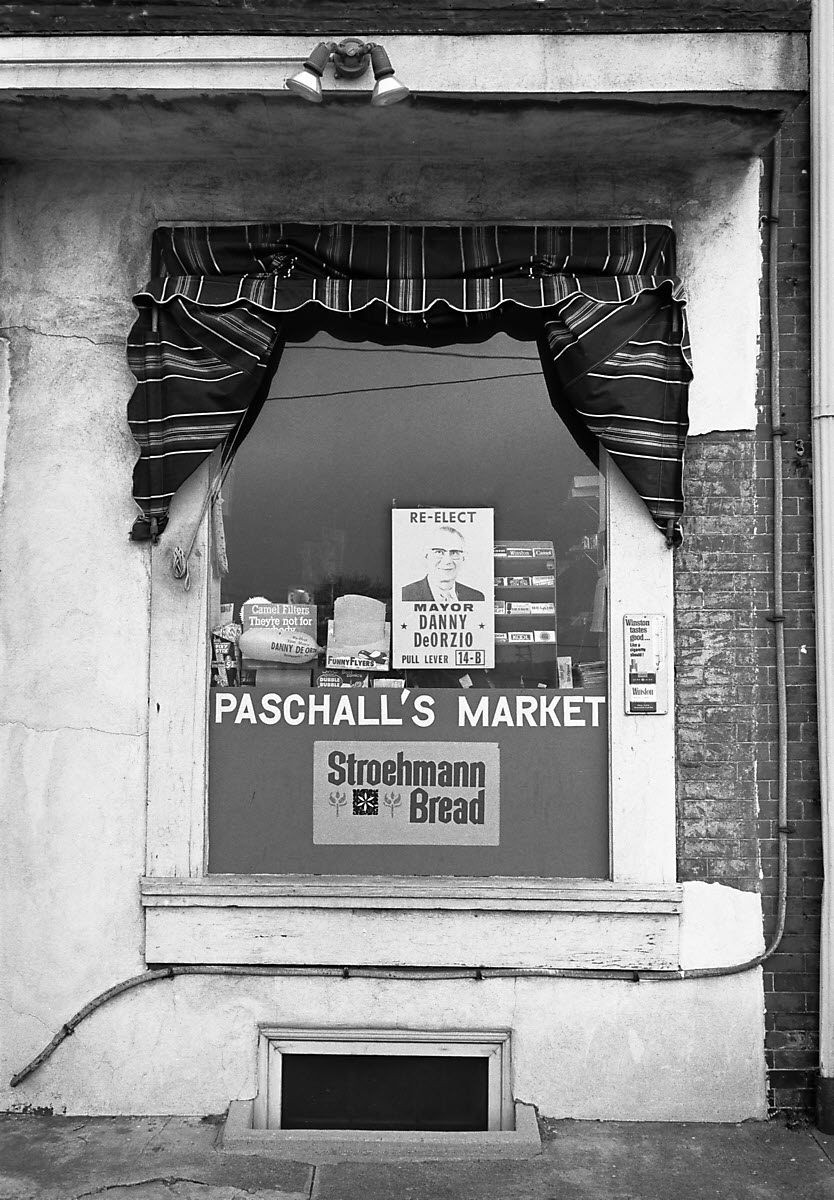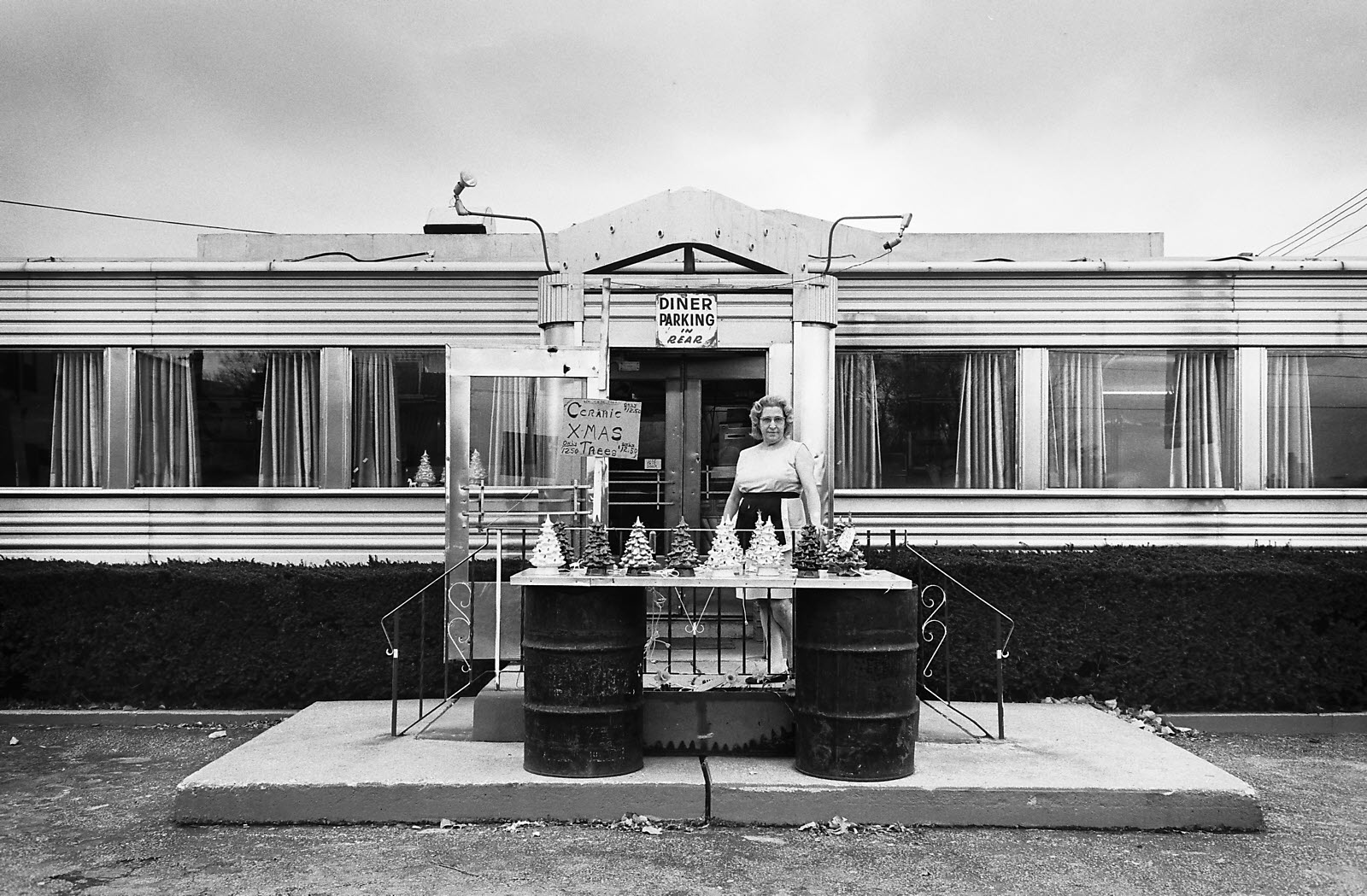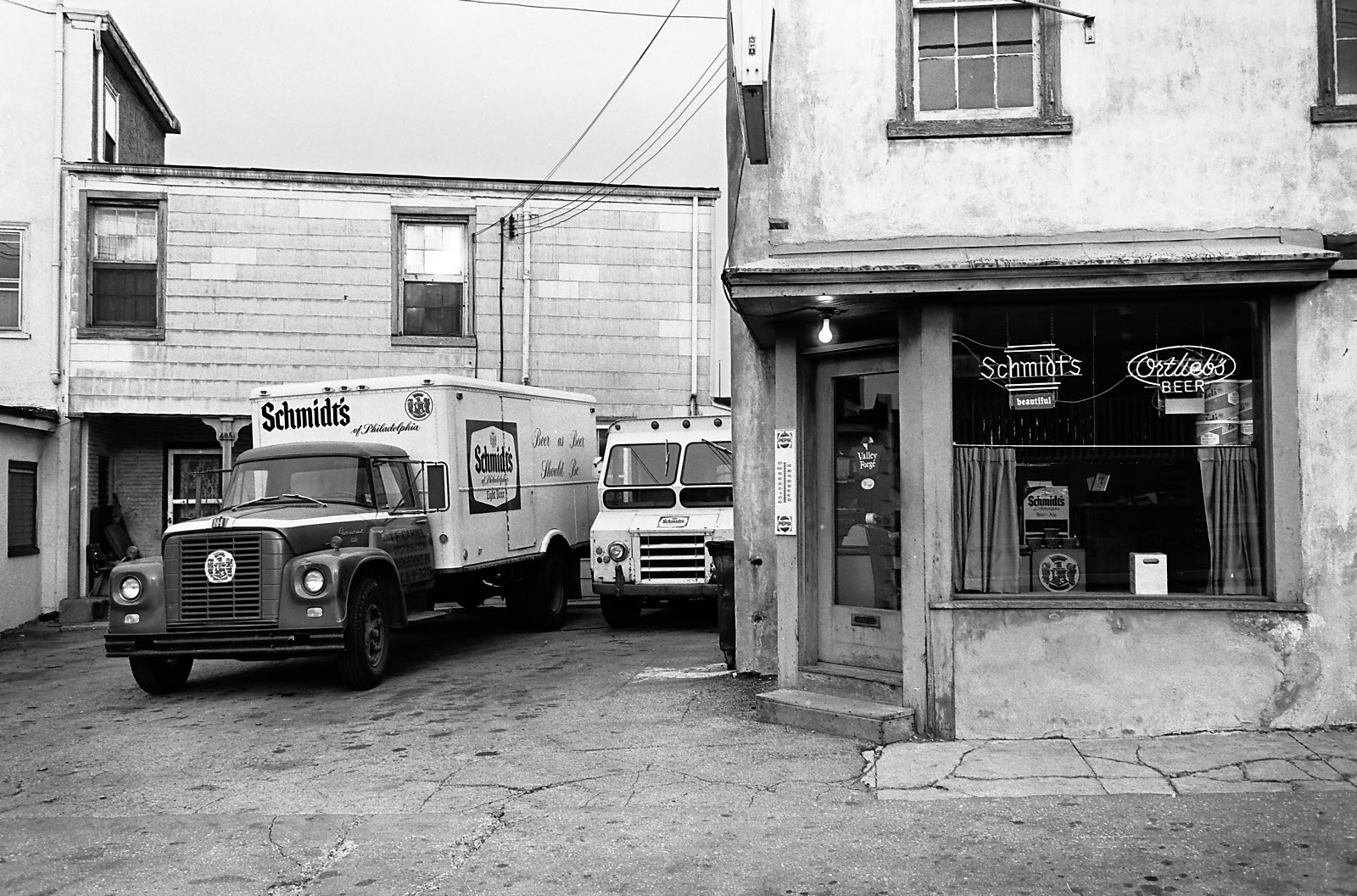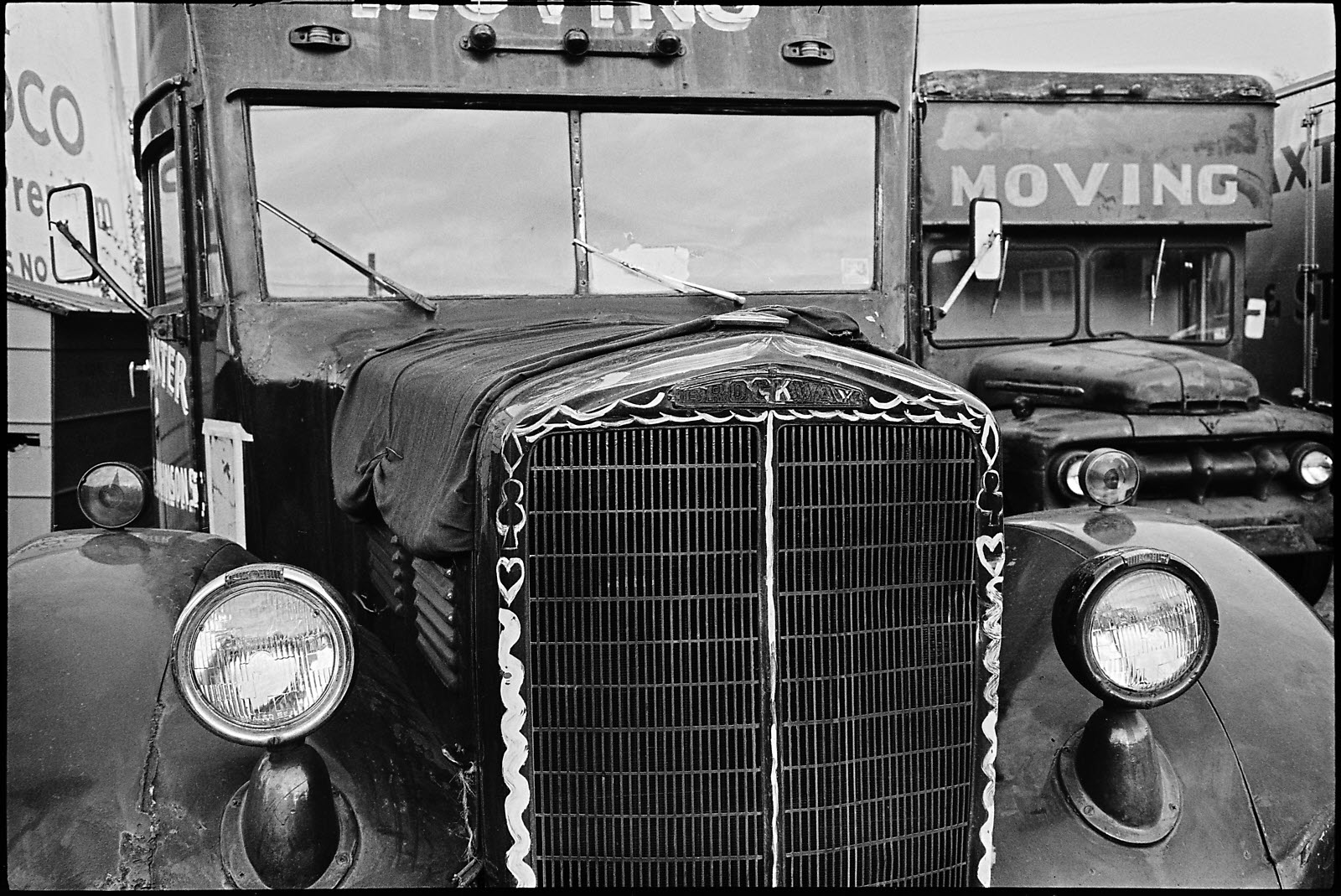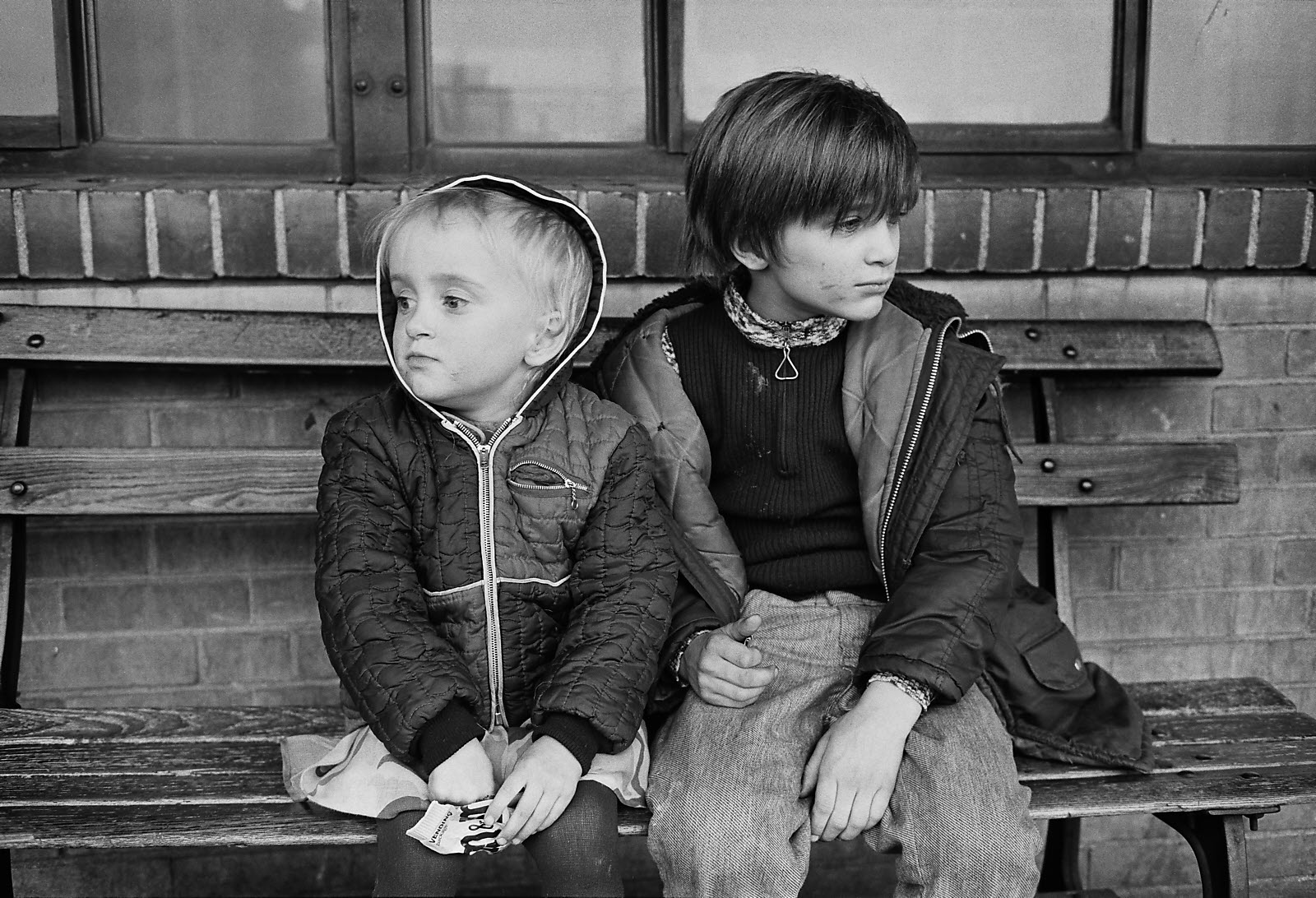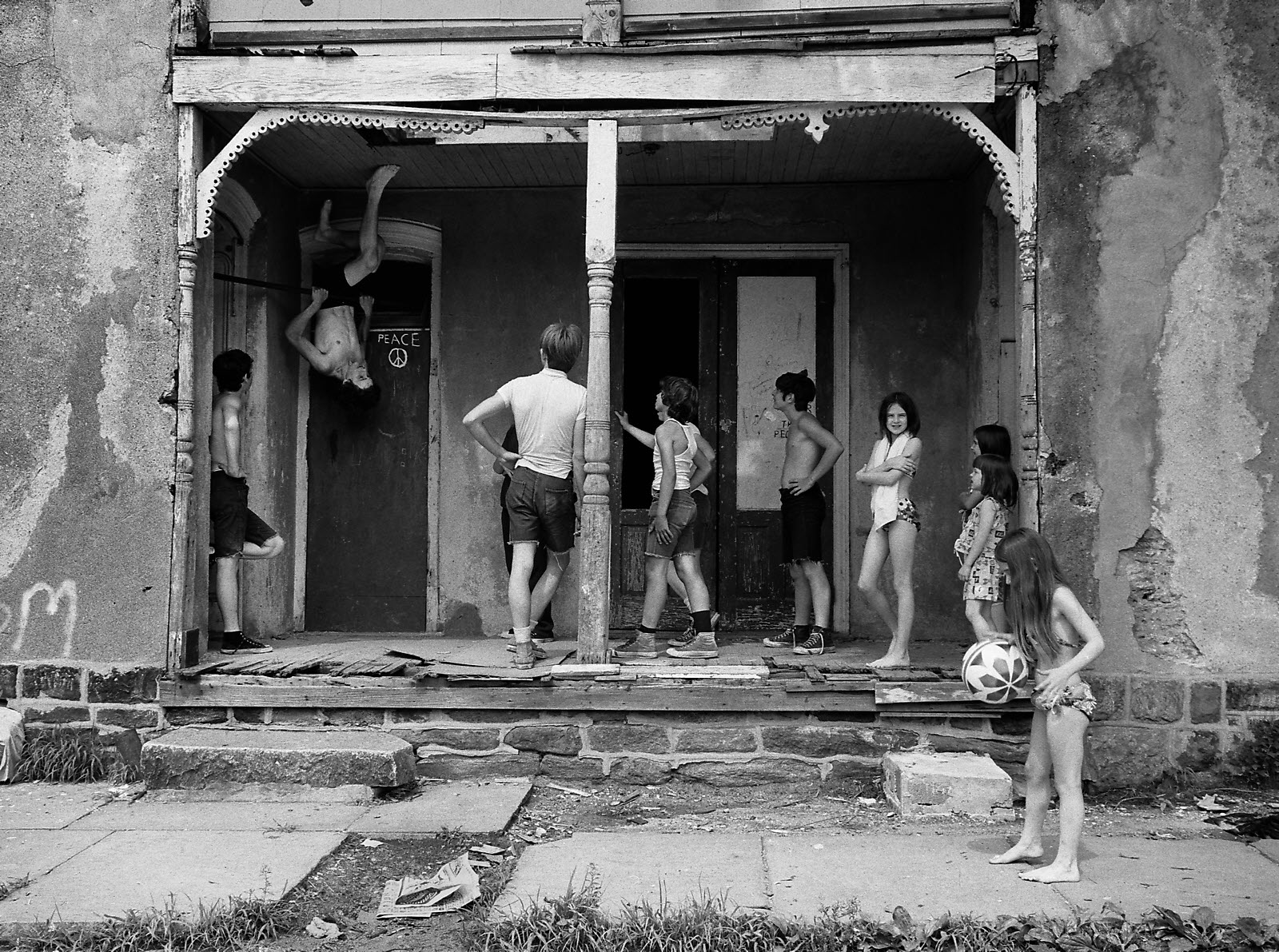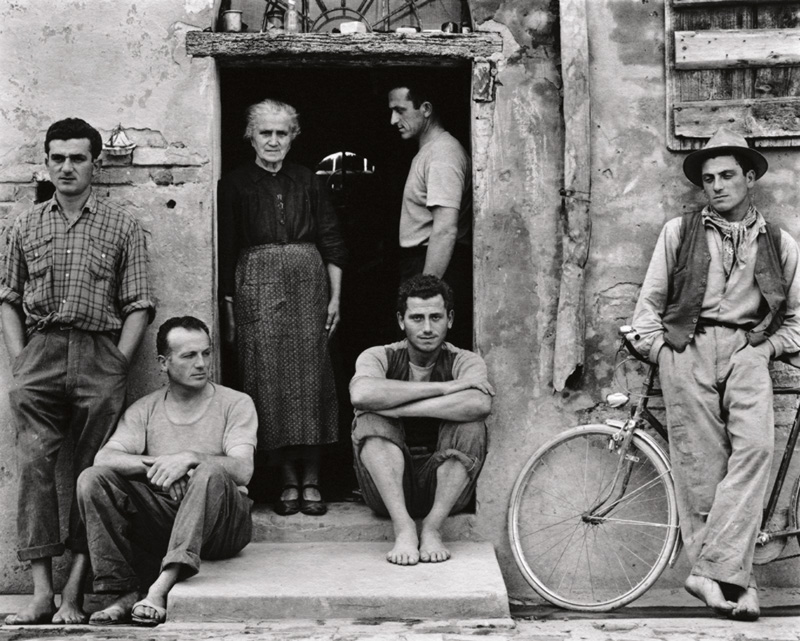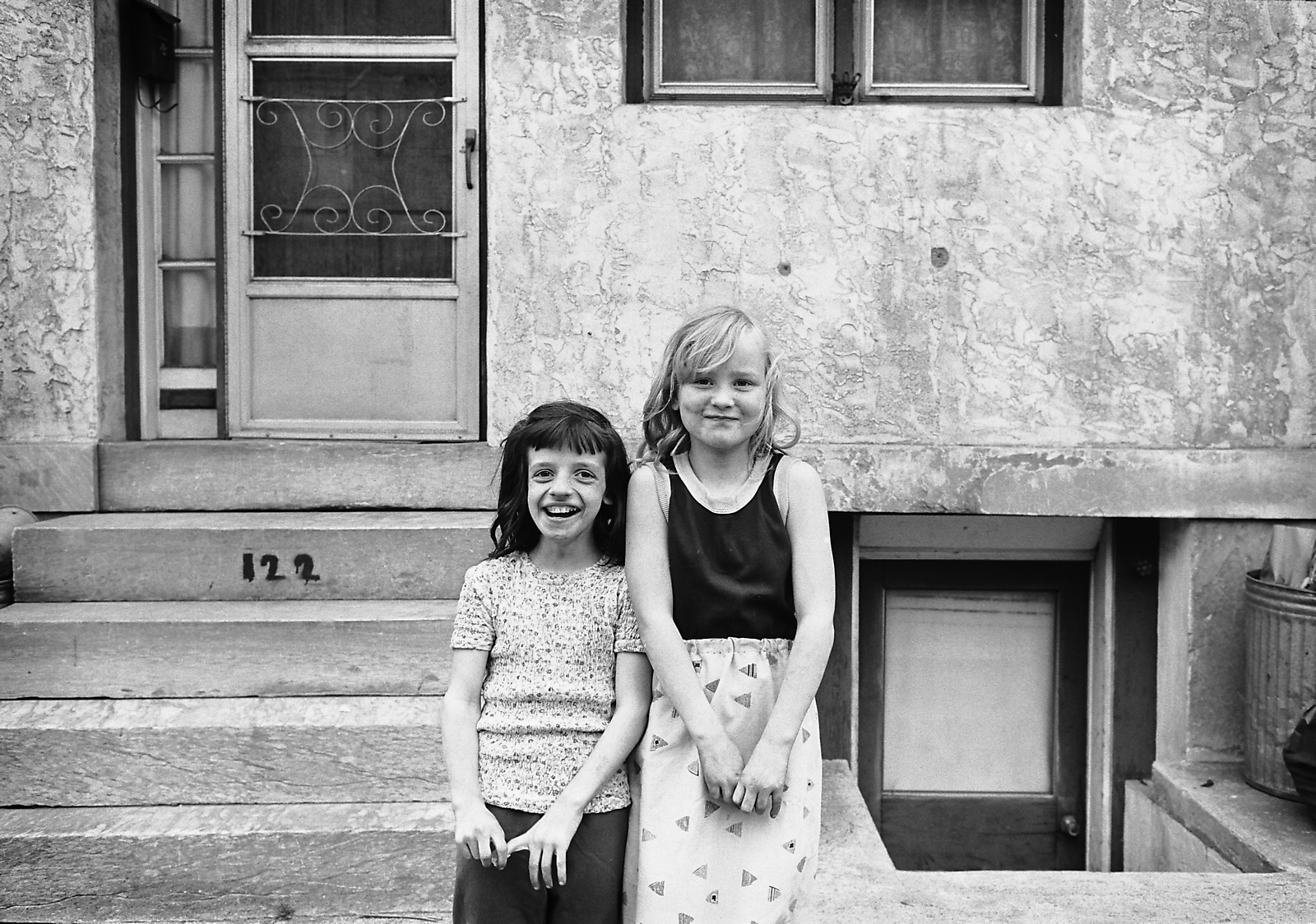This page contains Black & White images from my “Pennsylvanian period”, 1970-73. Other recently-digitized film images are on the “Oldies but Newbies” pages. Color images were taken before 2003; most of the B&W images were taken before 1985.
- Color: 1975-2003
- B&W: Landscapes and nature: 1968-1984,
- B&W: People and places 1970-84, and
- B&W: Pennsylvanian Period: 1970-73.
The title sounds geological, and after a half-century it’s starting to feel that way. The (geological) Pennsylvanian period, from about 323 to 299 million years ago, was characterized by an accumulation of carbon in the ground in the form of coal. My Pennsylvanian period came towards the end of over a century (a short time on a geological scale) of removing coal (carbon) from the ground and putting it in the atmosphere in the form of carbon dioxide (CO2). This brought great prosperity to Pennsylvania from the mid nineteenth to late twentieth century at a terrible cost: air and water pollution, black lung disease, toxic slag piles, and ultimately climate change that threatens us all.
I moved to Pennsylvania in 1970, after Honeywell tried to transfer me to Oklahoma City, taking a job with Sperry Univac (the company that invented the electronic computer). I used to see the inventor in the hallway. His name is largely forgotten (thanks to his massive ego, which led to several project failures), but he has a Wikipedia page.
The economy in rural Pennsylvania was in already decline by the time I moved there (to Blue Bell, near Philadelphia). I was attracted to photographing towns towns and countryside that time had passed by and I was charmed by the architecture and individualistic small businesses— definitely not a part of the corporate world. I was certainly influenced by Walker Evans, who remains the supreme master of the genre.
I’ve come to take a darker view of that world. The individuality was present because the people lacked the education and opportunities to escape. More recently they’ve fallen prey to demagogues who promise to restore America to a mythological past — to bring back “King Coal”, who delivered prosperity at a very high cost to people and the environment. Ultimately those charming little businesses failed to provide an escape from poverty.
Still, there is something about the place (romantic notions of the past?) that draws me in.
Many of the images have been digitized and printed previously, but the superior new digitization method using the 43-megapixel Sony A7Rii camera results in finer prints (though it may not be obvious in the computer display). The images have been painstakingly edited for tonal balance, beauty, and detail preservation. Technical notes here.
Ruined bathhouse, Chester Springs, PA, around 1972
Today it might be restored into a spa, but bathhouses were long out-of-fashion at the time, and it’s probably long-since demolished. The stuff of vanished dreams.
Lenape Park was a tiny amusement park in Chester county, Pennsylvania. It was very much an anachronism when I chanced on it in 1972. The entrance to the pool felt like a time machine. Predictably enough, it has long since succumbed to time, changing fashions, and less predictably, to climate change. What was left of it (renamed Brandywine Picnic Park) was badly damaged by flooding from the remnants of Hurricane Ida in 2021. It was sold in 2022 for about the price of a condominium in Boulder. Perhaps it will be revived. We need verdant time machines.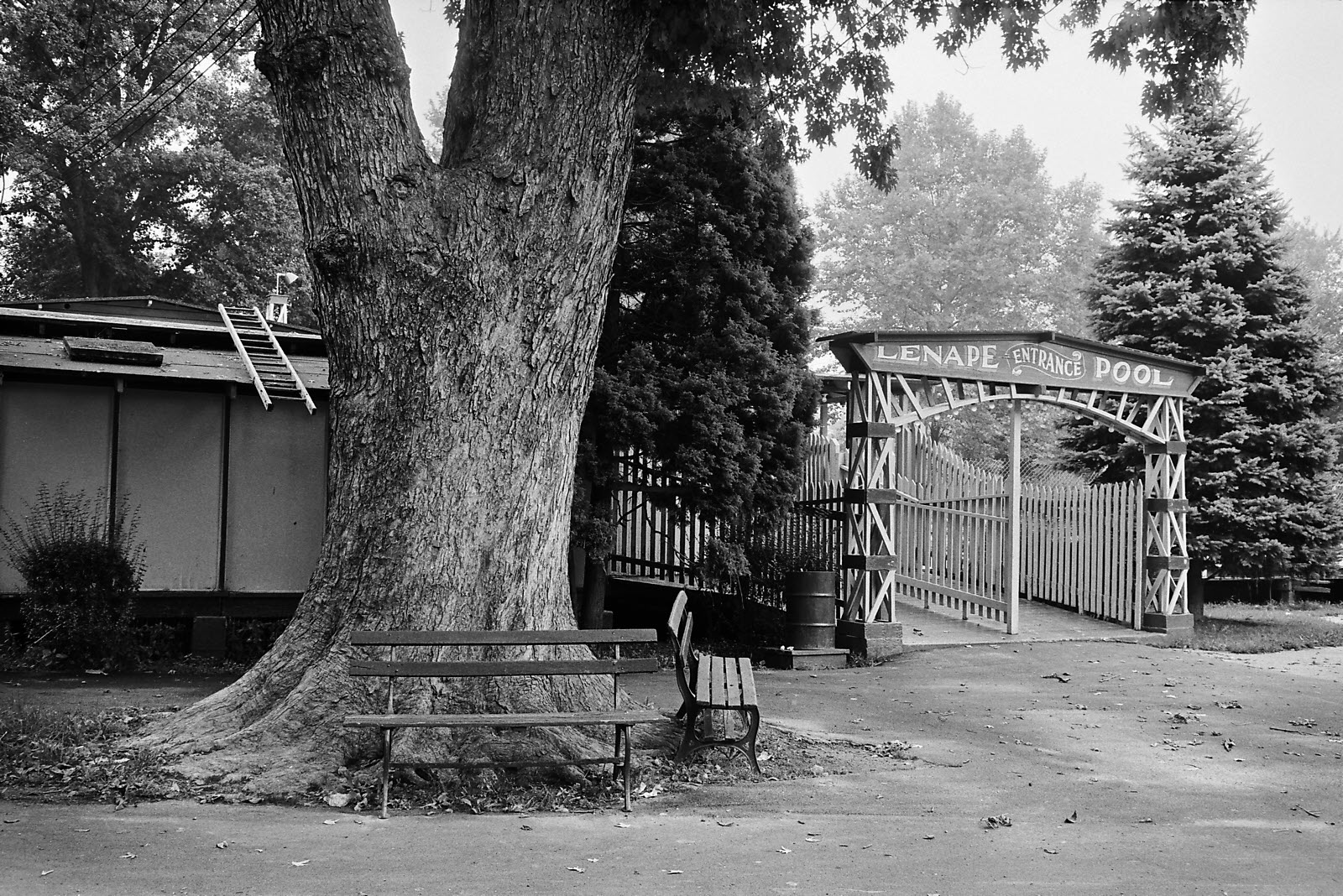
Wanderings through towns
Many of my images were taken during long walks through old cities and towns that were prosperous long ago.
People
The Family, Luzzaro, Italy, 1953, by Paul Strand
I can’t resist writing a little essay on influences in art. We are all subject to them, and by and large they help us to learn and grow in our artistic expression. But they can also be an inhibiting factor: they can become a lens through which we see the world, making it difficult for us to achieve our own vision. I almost certainly took this image after I saw the large Paul Strand show at the Philadelphia Museum of Art in 1971. The book from the exhibition is one of my treasures. A more recent book on Strand is available — I haven’t seen it. This image is one of his most famous and iconic. It dwells in my unconscious, and I’m sure the memory was triggered when I saw these children. Other photographers whose work has influenced me are Ansel Adams, Edward Weston, Henri Cartier-Bresson, Walker Evans, and Robert Frank, to mention a few.
In Pennsylvania I enjoyed Philadelphia’s cultural life, especially its great Art Museum. In 1972 and early 1973 I taught an evening class at the Fleisher Art Memorial, which I called “View camera quality from 35mm”. Yes, I was obsessed with image quality at least that far back. (I still have the handwritten notes from the class.) The title is a bit hyped, but some of the prints I’ve been making recently (in 2022) come close to fulfilling the promise.
In 1973, I was offered a transfer to a disk drive company in an obscure town in California— so obscure that nobody I knew had heard of it and it wasn’t in any of the atlases I owned (strangely, I still have them). I had to go to the Public Library to find out where it was. Cupertino. I couldn’t resist the siren call of the land of the great landscape photographers— Ansel Adams, Edward Weston, Wynn Bullock, and more. And so ended my Pennsylvanian period.
